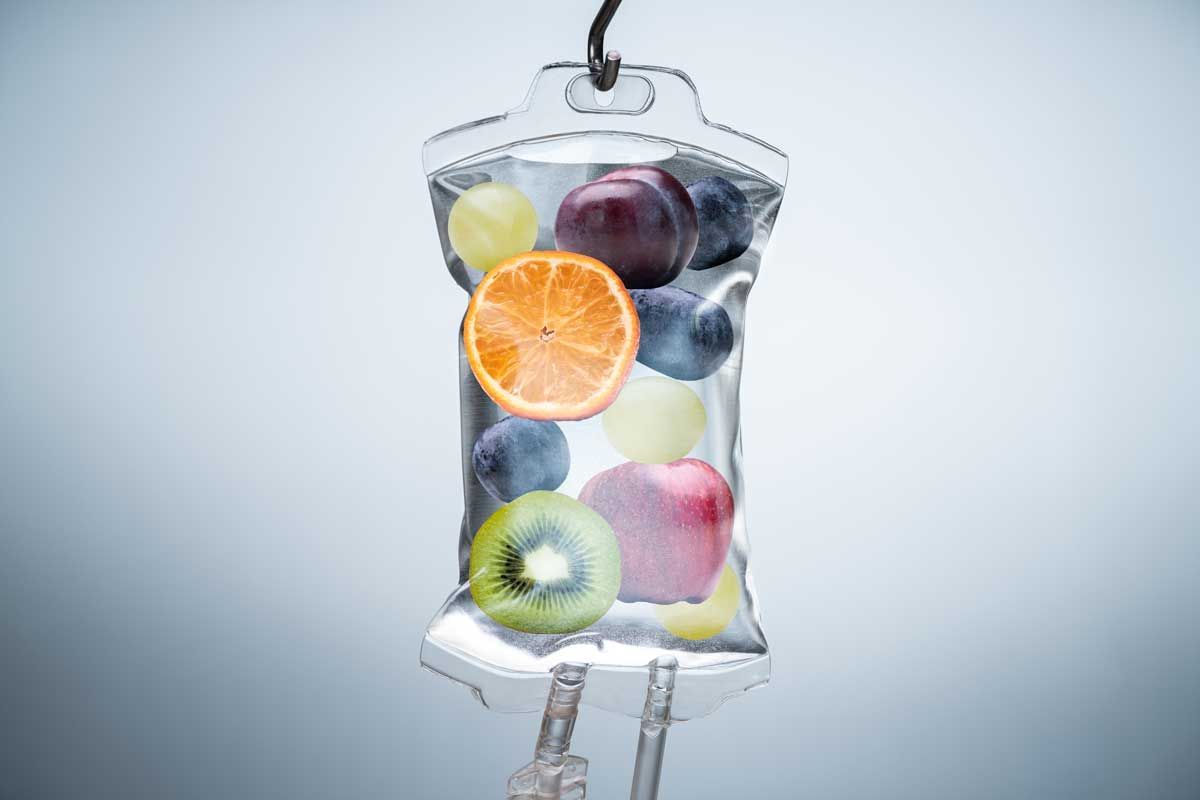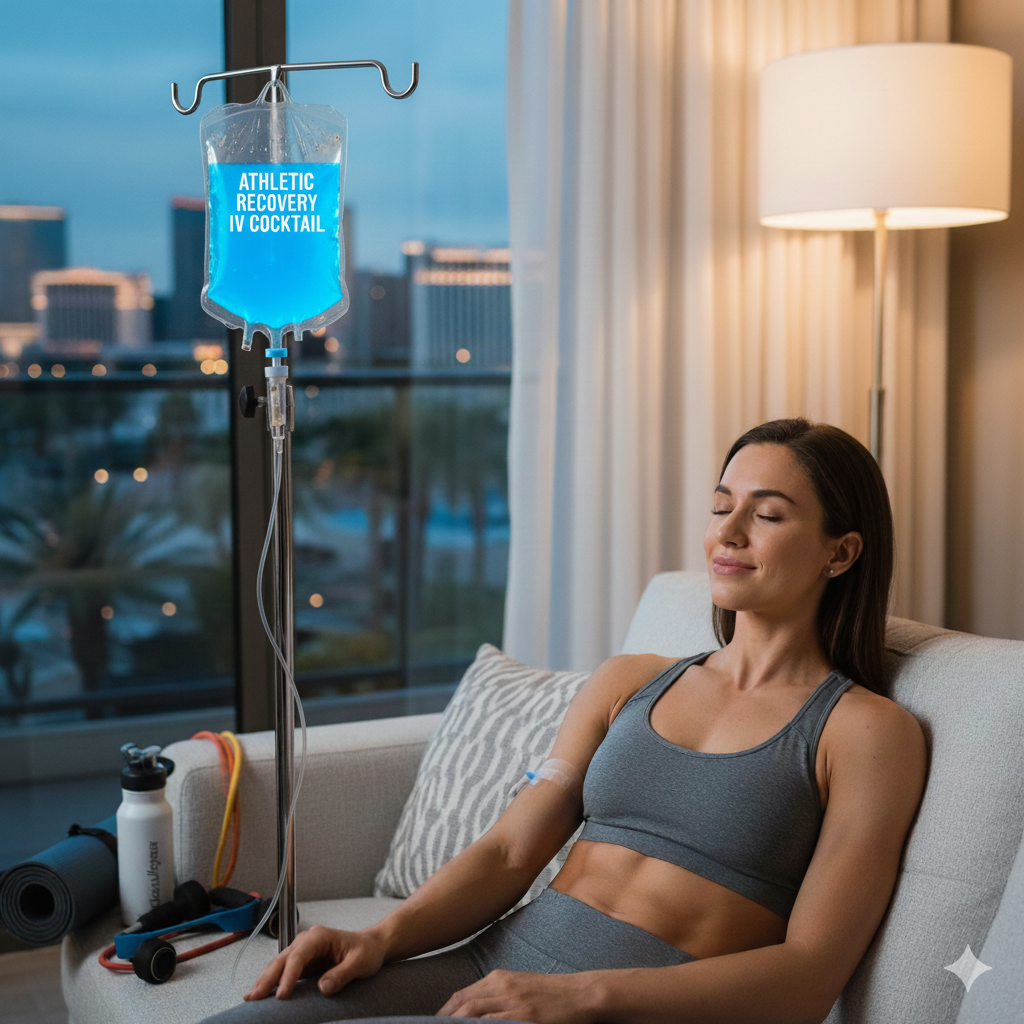Common IV Additives Found in IV Bags: What You Need to Know
In modern healthcare, intravenous (IV) therapy has become a cornerstone of patient care—from hospitals to wellness clinics and even at-home services. While most of us associate IV bags with simple hydration, they often contain a wide array of additives designed to restore vital nutrients, balance electrolytes, and deliver medications efficiently. Understanding what’s in your IV bag isn’t just for healthcare providers—it's crucial knowledge for patients too.

IV Therapy in Modern Medicine
Intravenous therapy is no longer confined to emergency rooms and surgical wards. It has become a versatile tool used in various settings, including outpatient clinics, wellness spas, and private homes. Administering fluids directly into a vein allows for immediate absorption, making it ideal for situations requiring quick intervention.
Moreover, IV therapy delivers more than just hydration. With the inclusion of additives, it becomes a robust vehicle for delivering medication, correcting deficiencies, and supporting organ function. These additives are meticulously calculated based on the patient's condition, making each IV bag a tailored treatment.
How IV Additives Work
Once an IV line is established, additives are either pre-mixed by pharmacy staff or introduced manually at the bedside by trained professionals. Each component serves a precise function—from replenishing lost electrolytes to combating infections or stabilizing blood pressure.
Because IV administration bypasses the digestive system, it ensures maximum bioavailability. This is critical in cases where the patient can't ingest or absorb nutrients orally, such as in post-operative recovery or gastrointestinal disorders.
Benefits of Using IV Therapy
- Rapid absorption and immediate effects
- Precise control over dosage
- Useful for patients with nausea or malabsorption issues
- A versatile method for rehydration, nutrition, and medication delivery
And with the rise of Mobile IV Therapy Services, individuals can now enjoy the benefits of IV therapy from the comfort of their homes—making convenience and clinical-grade care go hand in hand.
Crystalloids vs. Colloids Explained
Understanding the base of your IV solution is crucial. Crystalloids, like normal saline and dextrose, are the most common. They contain small molecules that can move easily between blood vessels and tissues. On the other hand, colloids like albumin or hetastarch contain larger molecules, which remain in the bloodstream longer, making them more efficient for plasma volume expansion.
Primary IV Fluids You’ll Encounter
Type of Fluid Common Examples Purpose
Isotonic Normal Saline (0.9%), Lactated Ringer’s Fluid replacement
Hypotonic 0.45% NaCl, D5W Hydration, cellular rehydration
Hypertonic D10W, 3% NaCl Severe hyponatremia, ICU cases
These fluids act as the foundation for various IV additives, ensuring the solution is balanced for safe and effective infusion.
Overview of Additives
From electrolytes to antibiotics and vitamins, the list of possible IV additives is extensive. Each additive is chosen based on specific therapeutic goals, such as boosting immunity, correcting mineral deficiencies, or managing acute conditions.
Vitamins Commonly Added to IV Bags
- Vitamin C – Supports immunity and wound healing
- B-Complex Vitamins – Essential for energy metabolism and nerve function
- Vitamin D – Especially in deficiency-related disorders
- Vitamin K – Supports blood clotting
Electrolytes That Support Vital Functions
- Sodium – Regulates fluid balance and nerve function
- Potassium – Critical for heart function and muscle contractions
- Calcium – Vital for bone health and blood clotting
- Magnesium – Essential for over 300 biochemical reactions
Minerals and Micronutrients in IV Therapy
Trace elements like zinc, selenium, and chromium may be included to support enzyme activity, immune function, and insulin sensitivity.
Medications Administered via IV Additives
- Antibiotics – For infections requiring immediate treatment
- Analgesics – For pain relief
- Anti-nausea drugs – Such as ondansetron
- Steroids – For inflammation control
These medications are mixed in a compatible carrier fluid and administered under strict protocols to ensure safety and efficacy.
Sodium Chloride (NaCl)
One of the most common additives, NaCl helps manage dehydration, hyponatremia, and shock. It's a vital component in restoring osmotic balance.
Potassium Chloride (KCl)
Often added for patients with low potassium levels due to diuretics or diarrhea. However, its administration requires careful monitoring as it can affect cardiac rhythm.
Magnesium Sulfate
Used in cases of preeclampsia, eclampsia, and severe asthma. It helps relax muscles and prevent seizures.
Calcium Gluconate
Administered when calcium levels drop, especially during blood transfusions or in patients with hypocalcemia.
Vitamin C and B Complex
A staple in wellness infusions. They help boost energy, immune function, and mood. High-dose vitamin C is even explored as adjunct therapy in cancer care.
Multivitamins and Trace Elements
Often used in patients with long-term IV nutrition. These additives ensure the body receives all necessary micronutrients.
Hydration and Rehydration
Additives like sodium and potassium are crucial during severe dehydration from illness, exercise, or heatstroke. In such cases, an IV drip delivers what water alone cannot.
Electrolyte Imbalance Correction
Conditions like hyponatremia or hypokalemia can lead to seizures, muscle cramps, or cardiac arrhythmias. Timely infusion of the right electrolyte can reverse these symptoms.
Nutrition Support
In cases of malnutrition or gastrointestinal failure, additives such as amino acids, lipids, and vitamins are used to provide complete parenteral nutrition (TPN).
Medication Delivery and Pain Relief
Intravenous analgesics and antibiotics offer immediate relief and faster action compared to oral medications.
Immune Support and Energy Boost
Vitamin drips with glutathione, B12, and antioxidants like vitamin C are increasingly popular for those seeking to enhance immunity and vitality.
Are All Additives Safe?
In general, yes—when administered correctly. Additives are selected based on patient history, allergies, and lab results. The margin for error is slim, which is why only trained professionals handle them.
Risks of Additive Interactions
Some additives can’t be mixed due to chemical incompatibilities or altered pH levels. For example, calcium and phosphate can precipitate in a solution and cause harm if infused.
Protocols for Additive Administration
Hospitals follow strict guidelines, including double-checking by pharmacists and automated dispensing systems. This helps minimize human error and maximize patient safety.
Key Differences in Dosages
Children have lower fluid volume tolerances, making accurate additive calculation even more critical. Pediatric formulations are designed to reduce risk while ensuring therapeutic efficacy.
Common Pediatric Additives
These often include diluted doses of electrolytes, glucose, and specific vitamins such as B1 or folic acid to address pediatric-specific conditions like failure to thrive or chronic diarrhea.
Why Additives Matter in Life-Saving Situations
In emergencies—trauma, shock, cardiac arrest—IV additives like vasopressors, calcium, and glucose can mean the difference between life and death.
Quick-Action Additives in Trauma Units
Drugs such as epinephrine, lidocaine, and atropine are pre-mixed for rapid infusion, streamlining emergency response.
Are IV Additives Harmful?
Not inherently. Problems arise when the wrong additive is used, or if it's administered incorrectly. Hence, the importance of skilled supervision.
Natural vs. Synthetic Additives
While both have their place, natural options are often preferred for wellness treatments. Synthetic additives, however, are essential in acute care and are rigorously tested for safety.
Routine Vitamin Infusions
These include mixes like the Myers’ cocktail (B-complex, magnesium, and vitamin C), used to improve mood, fatigue, and general wellness.
Detox and Wellness Drips
Often containing glutathione, zinc, and ascorbic acid, these formulations claim to remove toxins and revitalize the body.
Role of Nurses and Pharmacists
They are responsible for ensuring dosage accuracy, preparing IV admixtures, and monitoring patients during administration.
Regulatory Guidelines for Additives
Every additive must comply with FDA or international standards. In the U.S., the USP Chapter <797> outlines sterile compounding protocols.
Tailoring IV Therapy for Individual Needs
From athletes to cancer patients, IV bags are now customized with additives based on medical history, current needs, and wellness goals.
Rise of Mobile IV Therapy Services
Services like Mobile IV Therapy Service are revolutionizing access to IV care. With certified nurses and on-demand service, getting tailored hydration and nutrients is easier than ever.
Professional Oversight and Safety
While convenient, mobile services adhere to the same safety protocols as hospitals—ensuring each IV additive is verified, tracked, and safely infused.
How Affordable Are Additive IVs?
Costs vary widely—from $100 wellness drips to $1,000+ hospital-grade infusions. The complexity of additives and setting (clinic vs. home) influences pricing.
Insurance and Out-of-Pocket Costs
Hospital-administered IVs are usually covered by insurance. However, elective wellness infusions are often out-of-pocket expenses.
Smart IV Drip Systems
New technology monitors flow rate, temperature, and additive compatibility—reducing risk and improving outcomes.
Pharmacological Advances
Researchers are developing additives with extended shelf lives, reduced side effects, and enhanced bioavailability.
FAQs
Can IV additives be harmful if used incorrectly?
Yes, especially if administered by unqualified personnel. That’s why it's crucial to trust only licensed providers.
Are mobile IV services safe?
Absolutely—when provided by certified nurses and under medical oversight, mobile IV services are both safe and effective.
Do all hospitals use the same IV additives?
No. Additives are selected based on the hospital’s formulary, patient demographics, and physician preference.
Can children receive the same additives as adults?
Not always. Pediatric patients require lower concentrations and different formulations tailored to their age and weight.
Is it okay to mix vitamins and medications in one IV bag?
Only if they're proven to be chemically compatible. Otherwise, they should be administered separately.
Are natural additives better than synthetic ones?
Not necessarily. Synthetic additives undergo rigorous testing. Natural ones may have variability in potency and purity.
Conclusion
Understanding the common IV additives found in IV bags empowers patients and caregivers alike. Whether you’re receiving hydration, medication, or a wellness drip, knowing what’s going into your bloodstream is more than smart—it’s essential. And with advancements in Mobile IV Therapy Services, high-quality care is now more accessible than ever.
Links:
- Mobile IV Therapy Service – https://www.ivdrip2u.com/
- Contact – https://www.ivdrip2u.com/contact










